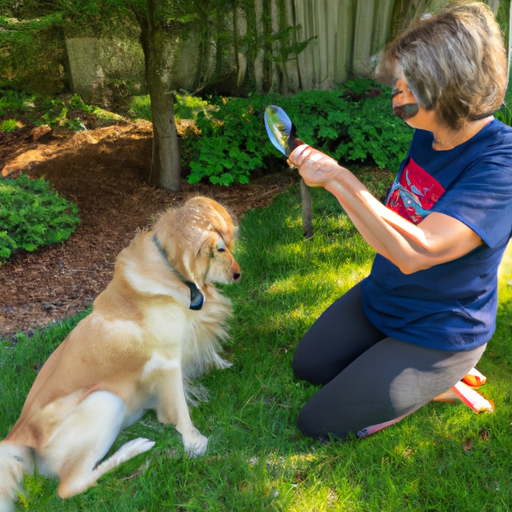Ticks are a common concern for dog owners everywhere. These tiny parasites can cause serious health issues, so it’s vital to regularly check your furry friend for these unwanted guests. Here’s a comprehensive guide on how to look for ticks on dogs.
Why it’s Essential to Check Your Dog for Ticks
Ticks carry diseases like Lyme disease and Rocky Mountain spotted fever. They latch onto your dog’s skin and feed on their blood, potentially transmitting these diseases in the process. Regular checks can catch ticks before they cause serious problems.
The Life Cycle of Ticks
Ticks have a four-stage life cycle: egg, larva, nymph, and adult. They need a blood meal at each stage after hatching, and dogs are a common host. The tick’s size and appearance change during each stage, which affects how easy they are to spot.
| Life Stage | Size | Appearance |
|---|---|---|
| Egg | 1mm | Tiny, round, pearl-like structure |
| Larva | 1.5mm | Six-legged creature, similar to a small spider |
| Nymph | 2.5mm | Like a smaller version of an adult tick |
| Adult | 3-10mm | Larger, eight-legged parasite with a noticeable body |
How to Check Your Dog for Ticks
The process of checking your dog for ticks is straightforward. However, it requires a careful and systematic approach to ensure you don’t miss any ticks.
1. Prepare Your Tools
First, gather the necessary tools. You’ll need:
- A fine-toothed flea comb or tick removal tool
- A bowl of soapy water
- Gloves
- A well-lit area or a flashlight
2. Start from the Head
Ticks usually aim for the head, neck, ears, and feet because they’re easy to access. Check these areas first.
3. Look and Feel
Comb your dog’s fur, look closely at the skin, and feel for any small bumps. Ticks can be as small as a pin’s head, so be thorough.
4. Check the Entire Body
After the head and neck, move on to other parts of your dog’s body. Don’t forget to check between the toes, under the tail, and around the eyelids and ears.
5. Remove Any Ticks
If you find a tick, use a tick removal tool or tweezers to grasp it as close to your dog’s skin as possible. Pull it straight out with steady, even pressure. Then, dispose of it in the bowl of soapy water.
How to Prevent Ticks on Dogs
Prevention is always better than cure. Here are some measures you can take to protect your dog from ticks:
- Regularly apply a tick prevention product, such as spot-on treatments, oral medications, or collars.
- Keep your yard clean and free of tall grass and brush, where ticks like to hide.
- Avoid taking your dog to tick-infested areas, especially during tick season (spring and summer).
- Consider getting your dog vaccinated against Lyme disease, especially if you live in a high-risk area.
How to Respond to a Tick Bite
If your dog gets bitten by a tick, don’t panic. Remove the tick as described above and clean the bite area with soap and water. Monitor your dog for signs of illness, such as fever, loss of appetite, or lethargy. If you notice any unusual symptoms, contact your vet immediately.
Frequently Asked Questions
Q: How often should I check my dog for ticks?
A: During tick season, check your dog daily. Even in the off-season, it’s a good idea to check at least once a week.
Q: What do tick bites look like on dogs?
A: Tick bites often appear as small red spots. You might also see a black dot in the center if the tick is still attached.
Q: Can I use tweezers to remove ticks?
A: Yes, but a tick removal tool is generally safer and more effective. If you use tweezers, be sure not to squeeze the tick’s body, as this can cause it to release more disease-carrying saliva into your dog.
In conclusion, regular tick checks are an essential part of taking care of your dog. By knowing what to look for and how to respond, you can keep your furry friend safe and healthy.



